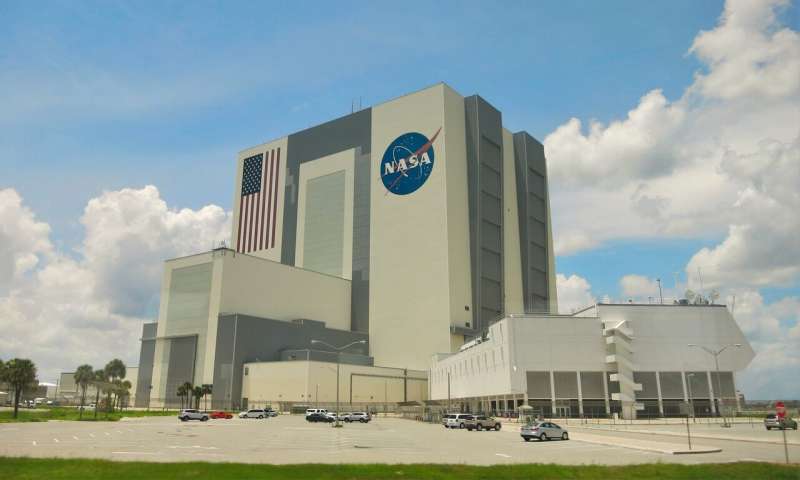Teams signed off on that, and Starliner was loaded by crane atop ULA's transport vehicle called "K-MAG" for the overnight trip between KSC and Canaveral.
Williams and Wilmore were joined by NASA astronauts Mike Fincke and Scott Tingle, Canadian Space Agency astronaut Joshua Kutryk and JAXA astronaut Yui Kimiya to see Starliner off.
Fincke, Tingle and Kutryk have all been announced as the crew of Starliner's next planned mission, Starliner-1, while Kimiya is assigned for a long-duration stay on board the ISS in 2025, so could become its fourth crew member.
Starliner is the second of two spacecraft created as part of NASA's Commercial Crew Program alongside SpaceX's Crew Dragon. SpaceX completed its first test crew mission back in 2020 and has since flown what is now a fleet of four Crew Dragons an additional 12 times on both private and NASA missions carrying 50 humans into space in the last four years.
Boeing has faced a series of delays highlighted by an uncrewed test flight in December 2019 that failed to rendezvous with the ISS, forcing the company to refly its uncrewed dry run before it set up for the human test flight. The second try went well, but it took 2.5 years to get there in May 2022. Further fixes were also needed to the spacecraft, which have pushed CFT an additional two years past the last time it flew.
But everything is now queued up for the final push to space. The Atlas V rocket has been onsite since February, and ULA completed its CFT Mission Success Review earlier in April.
"Doing everything thing we can to give Butch and Suni a boring trip to ISS on the Atlas," said ULA President and CEO Tory Bruno on X.
If all goes well with CFT, the first operational mission Starliner-1 could fly as early as February 2025.
While SpaceX is in the middle of its eighth operational flight, Crew-8, with Crew-9 slated for August, once Boeing's Starliner is certified, the two companies will trade off flights to the ISS so each makes only one trip there annually.
Boeing has six operational flights to the ISS under contract, so it can support rotational crew missions through 2030, when NASA has said it plans to begin decommissioning the ISS.
2024 Orlando Sentinel. Distributed by Tribune Content Agency, LLC.



